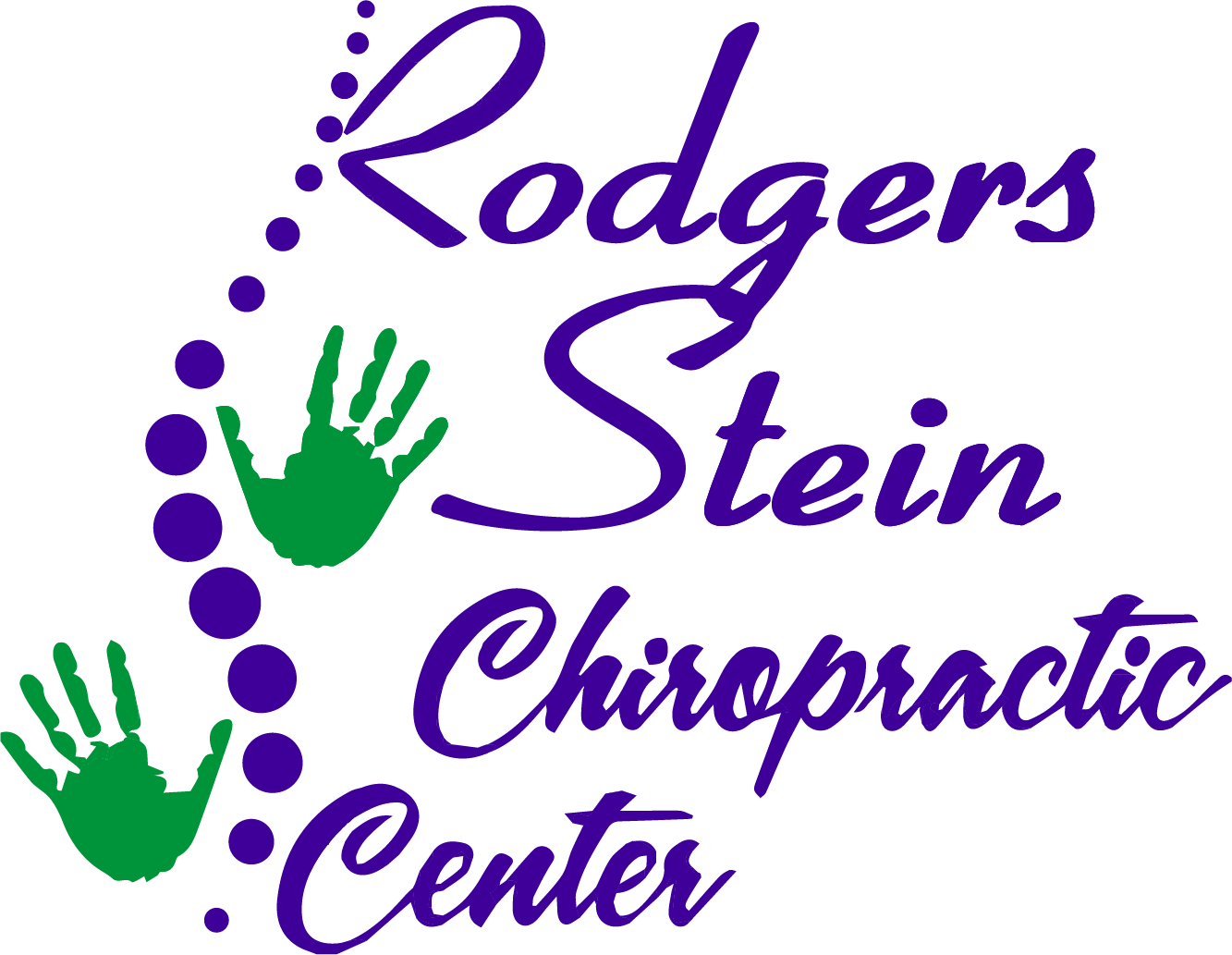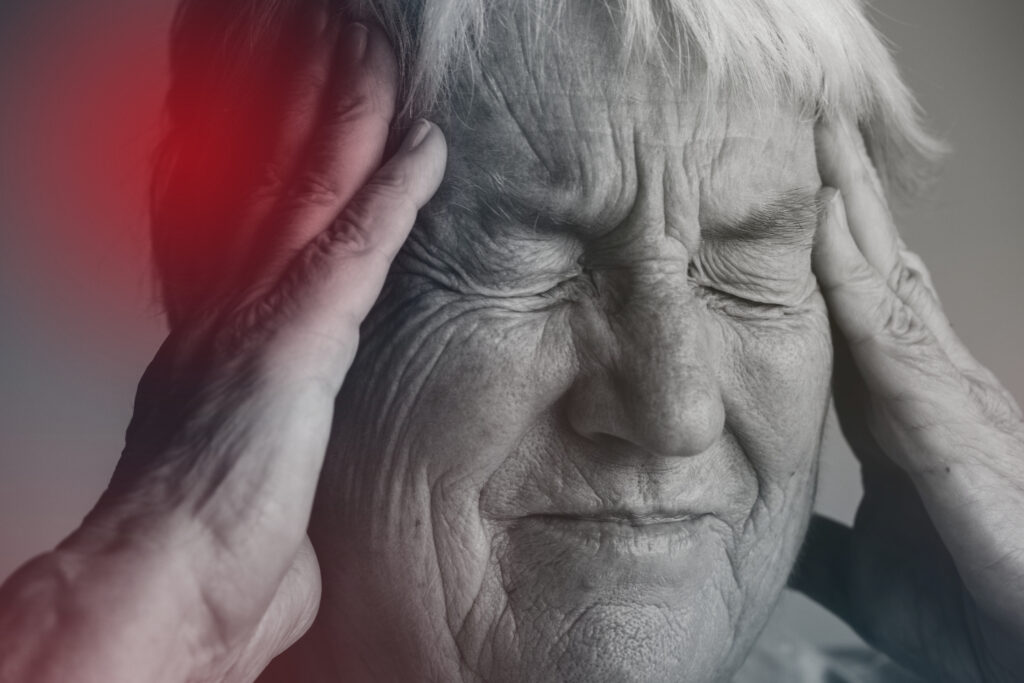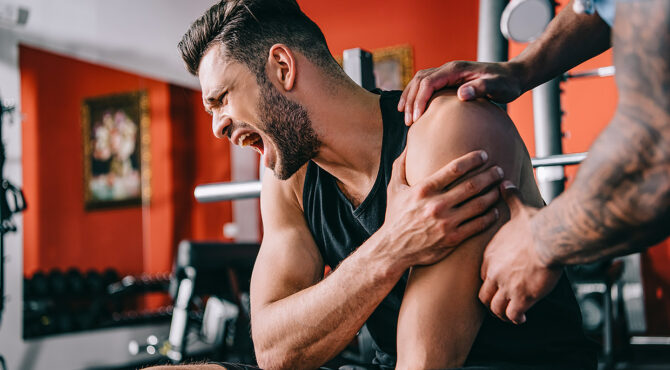If you're struggling with back pain in Conroe, you might be surprised by the diverse range of relief options available to you. From personalized physical therapy plans to therapeutic massage and acupuncture, there are methods that can cater to your specific needs. Each approach offers unique benefits, but knowing which one aligns best with your situation can be challenging. As you consider your options, it's important to explore how lifestyle modifications can further enhance your relief strategy. Let's look into these possibilities and find the right fit for your journey toward a pain-free life.
Physical Therapy Techniques
Physical therapy techniques play an important role in alleviating back pain and promoting recovery. When you visit a physical therapist, they'll assess your condition and develop a personalized treatment plan tailored to your specific needs. This personalized approach guarantees that you receive the most effective care possible.
One key technique you'll likely encounter is therapeutic exercise. These exercises strengthen the muscles supporting your spine and help improve your flexibility. By engaging in targeted activities, you'll not only relieve tension but also prevent future injuries.
Your therapist may also guide you through stretches to release tightness in your back and surrounding muscles, which can greatly alleviate pain.
Manual therapy is another vital component of physical therapy. Your therapist may use hands-on techniques to manipulate and mobilize your spine and other joints. This can help reduce stiffness and improve your overall range of motion.
Additionally, they might employ modalities like heat, ice, or electrical stimulation to further relieve pain and promote healing.
Education is an often-overlooked aspect of physical therapy. Your therapist will teach you proper body mechanics and posture to avoid strain during daily activities. They'll arm you with tools and knowledge, empowering you to manage your condition effectively.
Incorporating these physical therapy techniques into your routine can lead to considerable improvements in your back pain. By committing to your treatment plan, you'll be on the path toward recovery and enhanced quality of life.
Don't underestimate the power of physical therapy in your journey to back pain relief.
Chiropractic Adjustments
Chiropractic adjustments offer a hands-on approach to back pain relief, focusing on realigning the spine and improving overall function. When you visit a chiropractor, they'll assess your posture, spinal alignment, and any areas of tension. This thorough evaluation helps them determine the best course of action for your specific needs.
During an adjustment, you'll typically lie on a specialized table. The chiropractor uses controlled, sudden force to manipulate your spine and joints, aiming to restore proper alignment. You might feel a popping or cracking sound, which is normal and often provides immediate relief. Many patients report feeling a sense of relaxation and increased mobility right after their session.
One of the main benefits of chiropractic adjustments is their ability to address the root cause of back pain rather than just masking the symptoms. By correcting misalignments, you can alleviate pressure on nerves and improve blood circulation, which promotes healing.
Regular adjustments can help prevent future issues and maintain your overall spinal health. It's important to communicate openly with your chiropractor about your pain levels and any discomfort you experience during the adjustments. This collaboration guarantees you're receiving personalized care tailored to your unique situation.
Whether you're dealing with chronic pain or recovering from an injury, chiropractic adjustments can be a valuable component of your back pain relief strategy. If you're considering this option, consult a licensed chiropractor to explore how it can fit into your wellness routine.
Massage Therapy Benefits
Massage therapy offers you effective pain reduction techniques that can ease your discomfort.
By improving flexibility and mobility, it helps you move more freely in your daily life.
Plus, you'll find that it considerably relieves stress and tension, enhancing your overall well-being.
Pain Reduction Techniques
Finding relief from back pain often involves exploring various pain reduction techniques, with massage therapy standing out as a highly effective option. This hands-on approach not only helps alleviate pain but also promotes overall wellness.
Here are some key benefits you can expect from incorporating massage therapy into your pain management routine:
- Reduced Muscle Tension: Massage helps to relax tight muscles, which can contribute to back pain. By releasing this tension, you'll likely experience immediate relief.
- Increased Blood Flow: Improved circulation can facilitate healing. When blood flow increases, it brings oxygen and nutrients to the affected areas, speeding up recovery.
- Endorphin Release: The body naturally releases endorphins during massage, which act as natural painkillers. This can create a sense of well-being and help reduce discomfort.
- Stress Reduction: Back pain can often be exacerbated by stress. Massage therapy promotes relaxation, helping to lower stress levels and reduce the likelihood of pain flare-ups.
Incorporating these techniques into your routine can considerably enhance your back pain relief strategy and improve your overall quality of life.
Improved Flexibility and Mobility
As you explore effective pain relief options, you'll discover that improved flexibility and mobility are significant benefits of massage therapy. When you undergo massage, the therapist targets tight muscles, reducing tension and promoting relaxation. This process helps to increase your range of motion, making everyday activities easier and less painful.
Regular massage therapy can break down adhesions and scar tissue that limit movement. You'll notice that your body feels more agile, allowing you to engage in physical activities you may have avoided due to discomfort. Enhanced flexibility also contributes to better posture, which can alleviate strain on your back.
Additionally, massage increases blood circulation, delivering essential nutrients to your muscles and promoting quicker recovery from injuries or overexertion. This improved circulation helps prevent stiffness, which is vital for maintaining mobility throughout your day.
Incorporating massage therapy into your routine can be transformative. As your flexibility and mobility improve, you'll likely find that you can participate in activities you love without the constant worry of back pain.
Stress and Tension Relief
When it comes to relieving stress and tension, nothing quite matches the soothing effects of massage therapy.
You'll find that regular sessions can help you unwind and provide significant relief from everyday stressors. It's not just about relaxation; massage therapy offers a multitude of benefits that can enhance your overall well-being.
Here are four key benefits of massage therapy for stress and tension relief:
- Reduces Muscle Tension: Skilled therapists target tight muscles, helping to release built-up tension and improve your range of motion.
- Promotes Relaxation: The calming atmosphere and soothing touch of massage help trigger the relaxation response in your body, lowering stress hormone levels.
- Enhances Circulation: Improved blood flow promotes the delivery of oxygen and nutrients to your muscles, aiding recovery and reducing fatigue.
- Improves Sleep Quality: Regular massage can help you achieve deeper, more restorative sleep, further mitigating stress levels.
Acupuncture for Pain Relief
Acupuncture can be an effective way to manage your back pain by targeting specific points in your body.
This ancient practice stimulates your body's healing mechanisms and can bring you relief.
If you're considering it, finding a qualified practitioner is key to ensuring a safe and beneficial experience.
How Acupuncture Works
For many seeking relief from back pain, acupuncture offers a compelling alternative to traditional treatments. This ancient practice involves inserting thin needles into specific points on your body, stimulating your natural healing processes.
Here's how it works:
- Energy Flow: Acupuncture targets meridians, or energy pathways, in your body, promoting balance and reducing pain.
- Endorphin Release: The needles trigger your body to release endorphins, the natural painkillers, which can help alleviate discomfort.
- Inflammation Reduction: By stimulating blood flow and promoting circulation, acupuncture can help reduce inflammation in affected areas.
- Muscle Relaxation: The insertion of needles can relax tight muscles, easing tension and contributing to overall pain relief.
Benefits for Back Pain
Finding relief from back pain can be a transformative experience, and acupuncture offers several key benefits that make it an appealing option.
First, acupuncture is known for its ability to reduce pain naturally, helping your body release endorphins that promote a sense of well-being. By targeting specific points, it can alleviate tension and inflammation in your back, leading to improved mobility and comfort.
Additionally, acupuncture can help address underlying issues contributing to your pain, such as muscle tightness or poor posture. It encourages blood flow to the affected areas, facilitating healing and recovery.
Many people also report enhanced relaxation and reduced stress levels after sessions, which can further mitigate pain.
Another significant benefit is the minimal side effects associated with acupuncture compared to traditional pain medications. You won't have to worry about dependency or adverse reactions, making it a safer alternative for chronic pain management.
Lastly, acupuncture is a holistic approach, considering your overall health and lifestyle. This means you'll likely gain insights into maintaining your well-being, ultimately leading to long-term relief from back pain.
With these compelling advantages, acupuncture could be the solution you've been searching for.
Finding Qualified Practitioners
When it comes to alleviating back pain through acupuncture, choosing a qualified practitioner is essential for effective treatment. You want someone who not only understands the techniques but also has experience in treating back pain specifically.
Here are some tips to help you find the right practitioner:
- Check Credentials: Look for a licensed acupuncturist who's completed a recognized program and holds the necessary certifications.
- Read Reviews: Search online for patient reviews and testimonials to gauge the practitioner's effectiveness and professionalism.
- Ask About Experience: Don't hesitate to inquire how many patients with back pain they've treated. A seasoned practitioner will have valuable insights into your specific condition.
- Consultation: Schedule an initial consultation to discuss your back pain and treatment options. This meeting will help you assess their approach and whether you feel comfortable with them.
Medications and Pain Management
Many people often turn to medications as a primary option for managing back pain. These medications can range from over-the-counter pain relievers to prescription options, depending on the severity of your discomfort. Nonsteroidal anti-inflammatory drugs (NSAIDs) like ibuprofen or naproxen are common first choices. They help reduce inflammation and alleviate pain, making daily activities more manageable.
If over-the-counter options aren't enough, you might consider talking to your doctor about stronger medications. Prescription options may include muscle relaxants, which can help ease muscle spasms, or opioids for more severe pain. However, it's essential to use these medications cautiously, as they can lead to dependency or have other side effects.
Topical treatments, such as creams or patches containing analgesics, can also provide localized relief. These products can be particularly useful if you want to avoid systemic medications.
In addition to traditional medications, some people find relief with alternative pain management options, such as acupuncture or chiropractic care, often in conjunction with their prescribed treatments.
Ultimately, the right medication for you'll depend on your specific situation. Always consult with a healthcare professional before starting any new medication regimen to verify it's safe and appropriate for your needs.
Ergonomic Adjustments at Home
To reduce back pain at home, it's essential to optimize your desk setup and guarantee you have proper chair support.
Adjusting your workspace can greatly improve your posture and comfort while working.
Let's explore some effective ergonomic adjustments you can make.
Desk Setup Optimization
A well-optimized desk setup can greatly reduce back pain and enhance your overall comfort while working from home.
By making a few simple adjustments, you can create a workspace that supports your body and helps prevent discomfort.
Here are four essential tips for desk setup optimization:
- Monitor Height: Position your monitor so the top of the screen is at eye level. This keeps your neck aligned and reduces strain.
- Keyboard and Mouse Position: Place your keyboard and mouse close enough that your elbows remain at a 90-degree angle. This minimizes shoulder tension and promotes better posture.
- Desk Height: Verify your desk is at a height where your forearms are parallel to the ground when typing. This can help prevent wrist strain.
- Foot Position: Keep your feet flat on the floor or on a footrest. This helps maintain a stable base and can alleviate pressure on your lower back.
Proper Chair Support
An optimized desk setup goes hand in hand with proper chair support to further enhance your comfort during long hours of work. Your chair should promote good posture, offering lumbar support that aligns with your lower back.
Look for a chair that allows you to adjust the height so your feet rest flat on the ground or on a footrest. When you sit, keep your knees at a 90-degree angle, ensuring they're level with or slightly below your hips.
Armrests should be adjustable too, helping to relieve tension in your shoulders and neck. If your chair doesn't have armrests, consider using a cushion to support your arms comfortably.
Pay attention to the material of your chair as well. A breathable fabric can help reduce discomfort from prolonged sitting. If your chair feels too firm, adding a seat cushion can provide extra support.
Finally, take regular breaks to stand, stretch, and walk around. Even with proper chair support, staying seated for too long can lead to stiffness.
Exercise and Stretching Routines
While back pain can feel overwhelming, incorporating exercise and stretching routines into your daily life can greatly alleviate discomfort and promote healing. Engaging in regular movement not only strengthens your muscles but also improves flexibility, which can help prevent future injuries.
Here are four effective routines you can try:
- Cat-Cow Stretch: Start on all fours, arch your back while inhaling (Cat), and then lower your belly while lifting your head (Cow). Repeat for 1-2 minutes to increase spinal flexibility.
- Child's Pose: Kneel on the floor, sit back on your heels, and extend your arms forward on the ground. Hold this position for 30 seconds to stretch your lower back and hips.
- Bridges: Lie on your back with your knees bent and feet flat on the ground. Lift your hips towards the ceiling, hold for a few seconds, and lower back down. Aim for 10-15 reps to strengthen your glutes and lower back.
- Walking: A simple yet effective exercise, just take a brisk 20-30 minute walk daily. It promotes circulation and helps keep your back muscles engaged.
Make sure to listen to your body and modify these exercises as needed. Consistency is key, so aim to integrate these routines into your schedule.
Over time, you'll likely notice a decrease in back pain and an improvement in your overall well-being. Start today, and take a step toward a healthier back!
Hot and Cold Therapy
Hot and cold therapy offers a simple yet effective way to manage back pain. By alternating between heat and cold, you can reduce inflammation, soothe sore muscles, and improve circulation. This method is often accessible and doesn't require any special equipment, making it a popular choice for many.
When you use heat, like a warm towel or heating pad, you help to relax tight muscles and increase blood flow to the affected area. This increased circulation brings essential nutrients to the muscles and can help alleviate stiffness. To get the most benefit, apply heat for about 15-20 minutes. Just make sure it's warm, not hot, to avoid burns.
On the other hand, cold therapy, using ice packs or a bag of frozen vegetables, works wonders for reducing inflammation and numbing sharp pain. Cold constricts blood vessels, which can help minimize swelling and dull discomfort. Apply the cold pack for about 15-20 minutes as well, ensuring you have a cloth barrier to protect your skin.
You'll want to listen to your body while using these therapies. If one method doesn't provide relief, try the other. It's also essential to give your skin a break between treatments to prevent irritation.
Incorporating hot and cold therapy into your routine can be an effective way to complement other back pain relief options and improve your overall comfort.
Alternative Treatments
Alternative treatments for back pain can offer relief when conventional methods fall short. If you're looking for additional ways to manage your discomfort, consider these options that have helped many people find relief.
- Acupuncture: This ancient Chinese practice involves inserting thin needles into specific points on your body. It aims to balance energy flow and can reduce pain perception, promoting healing.
- Chiropractic Care: A chiropractor uses hands-on spinal manipulation to align your musculoskeletal structure, which can relieve pressure and improve function. Many patients report significant improvements in pain levels after a few sessions.
- Massage Therapy: Therapeutic massage can help ease muscle tension and improve circulation, promoting relaxation and pain relief. Whether it's deep tissue, trigger point, or Swedish massage, finding the right technique can make a substantial difference.
- Herbal Remedies: Certain herbs like turmeric and ginger have anti-inflammatory properties that may alleviate back pain. You can consume them in various forms, such as teas, capsules, or powders, but it's crucial to consult a healthcare provider before trying new supplements.
Exploring these alternative treatments might provide you with the relief you need.
Lifestyle Modifications
Making lifestyle modifications can considerably impact your back pain management. Simple changes in your daily routine can alleviate discomfort and promote healing.
Start by evaluating your posture. Whether you're sitting at a desk or lifting objects, maintaining proper alignment helps reduce strain on your back. Use ergonomic furniture and take breaks to stretch and move around.
Incorporating regular exercise into your schedule is essential. Aim for low-impact activities like walking, swimming, or cycling, which strengthen muscles and improve flexibility without overloading your spine.
Additionally, consider integrating core-strengthening exercises. A strong core supports your back, providing better stability and reducing the risk of injury.
Nutrition plays an important role in your overall health, too. Eating a balanced diet rich in anti-inflammatory foods can ease pain. Focus on fruits, vegetables, whole grains, and lean proteins, while minimizing processed foods and sugars.
Staying hydrated also helps maintain spinal health.
Another effective modification is managing your weight. Extra pounds can put undue stress on your back, so maintaining a healthy weight can make a significant difference.
Prioritize sleep by ensuring you have a comfortable mattress and using pillows that support your spine's natural curve.
Lastly, learn stress management techniques like yoga or meditation. Stress can contribute to muscle tension, worsening your pain.
Conclusion
In Conroe, you've got a wealth of options to tackle back pain effectively. Whether you choose physical therapy, chiropractic adjustments, or massage therapy, each method offers unique benefits. Don't forget about acupuncture, medications, and lifestyle changes that can make a significant difference. By exploring these treatments and incorporating exercise and hot/cold therapy, you can find the right combination that works for you. Take charge of your pain relief journey and enjoy a more comfortable life!



